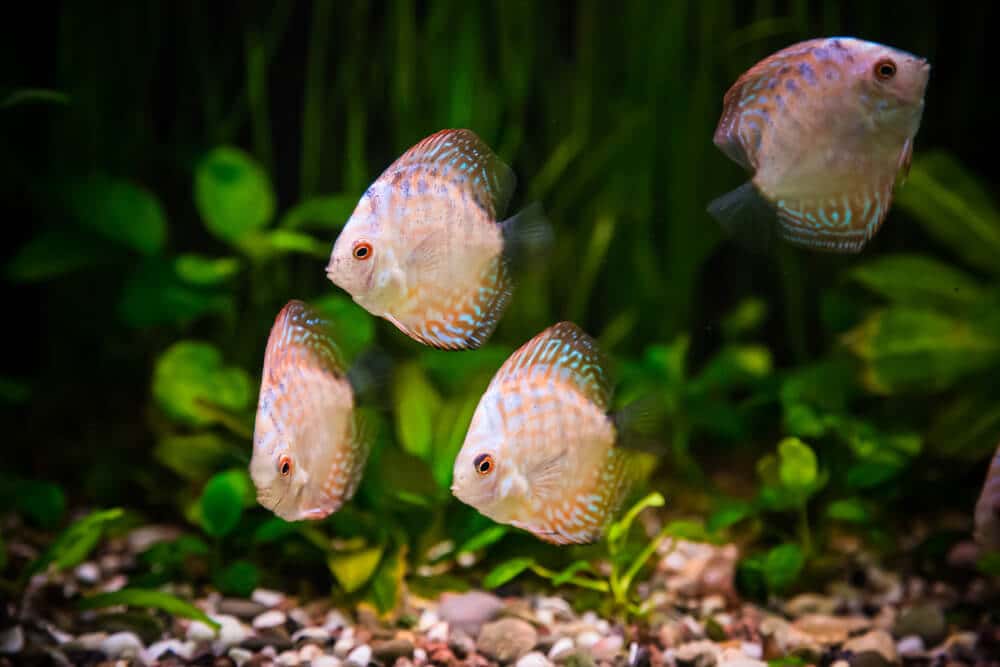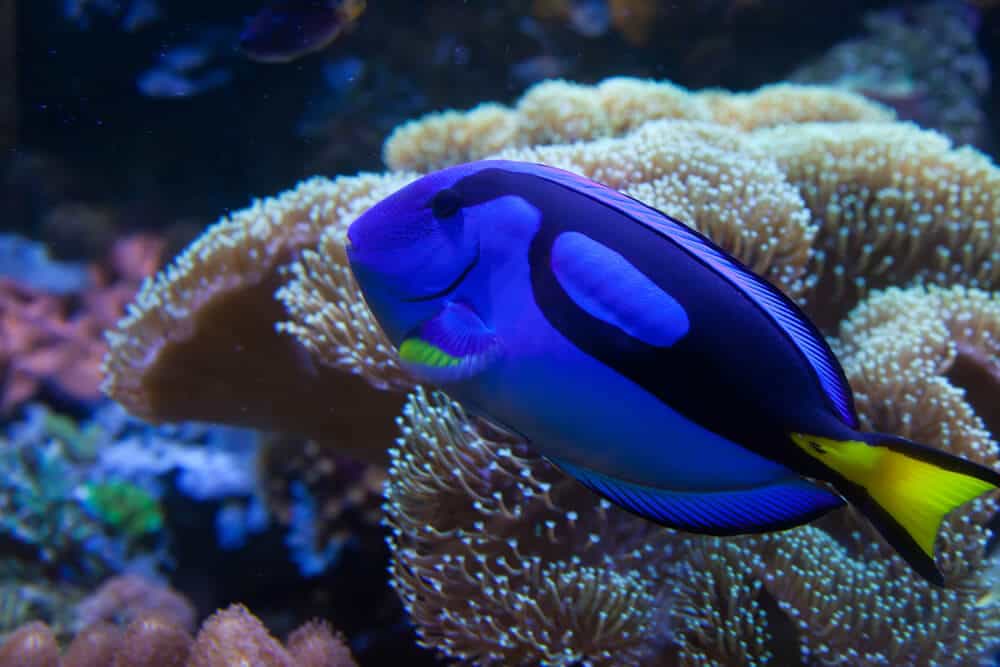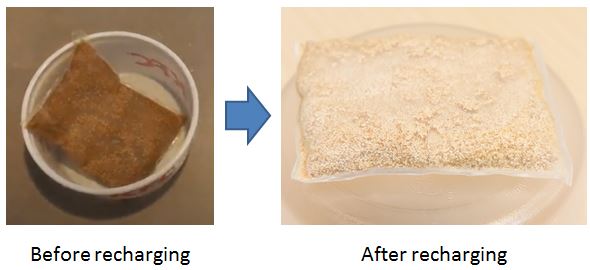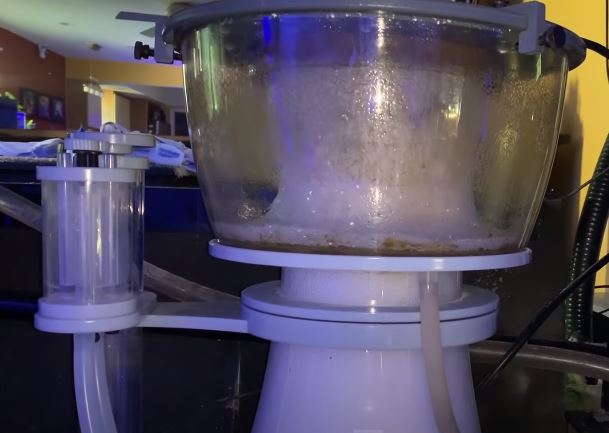
Nitrate is almost always overlooked as a potential problem in your tank.
That’s because it isn’t directly toxic for fish. But if you don’t control your tank’s nitrate levels, it can definitely become a problem.
How Can You Control Your Nitrate Level?
There’s no quick fix to controlling your nitrate level, but there are 6 ways that will help.
Keeping your tank clean, not having too many fish (or feeding them too much), water changes, and live plants are 4 of the easiest ways. But there are also special biofilter media and aquarium water conditioners you should be using too.
See also:
5 Best Tap Water Conditioners –Indispensable Things For Your Fishtank (2019-Review)
If you want to make sure your fish are healthy, then knowing how to control your nitrate levels is a must. All 6 of the methods we’ll be introducing you to will help.
But first, you should also understand nitrate if you want them to help properly.
1. Understanding Nitrate in Your Tank
Nitrate is one of the waste by-products in your tank’s water. It can actually be a good thing to have, unlike ammonia and nitrite. But it’s still a type of dissolved nitrogen. So as the saying goes, “too much of a good thing is a bad thing.”
Let’s take a better look at nitrates.
What Are the Harmful Effects of High Nitrate Levels?
For Fish:
High nitrate levels will put a lot of stress on your fish. And just like humans, when fish are stressed, they tend to get sick quicker.
They’ll also stop growing properly, their color will start to fade, and they won’t live as long as healthy fish.
If you’re trying to breed your fish, then high nitrate levels are even more dangerous. That’s because high nitrate levels will damage their reproductive organs.
Algae:
Plants use nitrates to help them grow – and so do algae.
Plants can only use so many nitrates, and all the extra will help algae to grow too. In fact, algae will start growing as soon as your nitrate levels reach 10ppm.
Some algae in your tank isn’t necessarily a bad thing. They can actually help your nitrogen cycle. And they’ll create more oxygen for your fish too.
But too much algae is definitely a bad thing. An algae bloom can actually kill your plants, thus destroying your aquascaping – and they’ll produce more nitrates too.
What Causes Nitrate?
Nitrate doesn’t just magically appear in your tank. That said, the water you put into your tank probably already has some nitrates in it. So it’s a good idea to test the water you use (more on that later).
The way nitrate usually gets into your water is as part of the nitrogen cycle.
Basically, the waste in your tank – things like uneaten fish food and fish poop – makes ammonia. Some of the bacteria in your biofilter media feed on that ammonia and turn it into nitrite.
Lastly, the nitrite gets turned into nitrate.
It’s easy to get confused between nitrite and nitrate. But while nitrite is toxic for fish, nitrate is harmless in small amounts.
What Should My Nitrate Levels Be?
So what would be considered small, harmless amounts?
Well, in natural environments, nitrate levels are very, very low. Only 5ppm (parts per million)! It would be great if we could keep our tank’s nitrate levels that low too. But that can be very difficult.
Tap water in the U.S. sometimes has nitrate levels as high as 40ppm. That’s the highest we recommend you should ever let your tank’s nitrate levels be.
So it’s very important that you have an aquarium test kit. Before you put water into your tank, you should check the nitrate levels first!
Your ideal nitrate levels will depend on what type of tank you have, though.
Freshwater tanks shouldn’t have levels higher than 30ppm if you have plants. If you don’t have plants, 40ppm is a good limit.
Saltwater tanks, on the other hand, need a lower level.
Coral tank: <0.25 ppm
Reef tank: < 1ppm
See also: Top Rated Aquarium Test Kits For Freshwater And Saltwater Tanks In 2019 (Review And Guide)
2. Reducing Nitrate Levels
As we said earlier, none of these 6 ways to control your tank’s nitrate levels are going to be a quick fix. But they’re still very effective. Ideally, you should be using all 6 of them at the same time!
#1 – Keep Your Aquarium Clean
This one is kind of obvious, right? Of course, you should be keeping your tank clean!
Remember, waste in your tank will create ammonia. That ammonia becomes nitrite, and that becomes nitrate. So keep your aquarium clean to help your nitrate levels stay where they should be.
#2 – Don’t Overstock Your Fish (and Don’t Feed Them Too Much Either)
One of the biggest sources of waste in a tank is fish poop. The more fish you have in your aquarium, the more poop there’s going to be.
That means you need to make sure you don’t overstock your tank by having too many fish in them. The best solution is to have a slightly more powerful filter than your tank actually needs – and to have less fish in your tank than it can hold.
Of course, if you’re feeding your fish too much, that’s also going to be a big problem.
The more they eat, the more they poop!
And any uneaten fish food is also going to be waste.
#3 – Change Your Water
You should already be changing your water every now and then anyway. Ideally, you should be changing 10% to 20% of your water once a week.
But you need to remember to use that aquarium test kit! If your nitrate levels are at 40ppm and you only change 20% of the water, you’ll still have 32ppm in your tank. And if the water you’re adding in has nitrates in it too… you haven’t really helped.
So don’t be afraid to use that test kit. If your nitrate levels are already pretty high, then you should be using reverse osmosis water that has little to no nitrates in it.
And of course, you’ll need to keep up with the other tips we’re introducing you to.
#4 – Use Nitrate-Removing Filter Media
Hopefully, you already have a biofilter in place. After all, your biofilter media (BFM) is an essential part of your filtration system! The bacteria that live there are working hard to turn ammonia into nitrite and then into nitrate.
But you should also have a special type of BFM that traps nitrates and removes them from your water too. Nitrate-removing filter media will help you keep those levels low.
#5 – Use Live Plants as an Extra Filter
Remember we said earlier that plants use nitrates?
It’s true! And that means that having live plants in your tank is going to help you keep your nitrate levels where they need to be.
But it’s also very important that you understand not all aquarium plants are great at helping you control your tank’s nitrate levels. A lot of them are actually pretty bad at it. That’s why it’s usually recommended that you try to keep the level below 30ppm if you have plants in your tank.
There are some plants that are rather good for this, though. And if you plant them the right way, they can even be great.
Plants That Grow in Your Filter
Mangrove trees like the Rhizophora mangle are one of the best.

They’re usually used in saltwater tanks, but they can work just as well with freshwater too. However, they can be very difficult to grow properly. So if you’re a first-timer, maybe wait before trying the red mangrove.
Lucky bamboo is another option.

You do need to be careful, though. Don’t get confused between true bamboo (Bambusoideae subfamily) and lucky bamboo (Dracaena Sanderiana). True bamboo will rot very quickly. Lucky bamboo won’t.
It can also be a little tricky making sure your lucky bamboo is properly taken care of, though. The pothos vine (Epipremnum) might be an easier choice for you.
Very Important!
Before we move on to tip #6, there’s something very important you need to know about using these types of plants in your tank.
While the pothos vine can grow in the water, the lucky bamboo and red mangrove need to be outside of your tank. Only the roots should be under water.
A good way to do this is to let it grow in your filter. That way, they can absorb a lot of the nitrates quickly and easily.
You also need to remember that even these plants can only help so much. There’s a very good reason tanks with live plants should have nitrate levels lower than 30ppm. It’s best to have fewer fish too.
Remember to read up on how to properly care for the type of plants you grow in your tank. Some of the chemicals you need to put in your tank can be dangerous for your plants.
Don’t want to use plants that grow in your filter?
Or if you’re now using canister filter and it will not allow you to do so,
Then try to reduce nitrate level by…
Plants That Grow in the Water
There are a few tank plants that you can grow in the water.
These include moss balls.

One of the only problems with moss balls is that you usually need to throw them away after a few months. And if you have big fish in your tank, they might eat the moss balls too.
Water sprite and Anacharis Elodea are 2 aquarium plants that are also great for aquascaping and controlling your nitrate levels. They look kind of similar, but are very pretty – almost like tiny, underwater ferns! One thing to be careful of, though, is that they both need a lot of maintenance.
Then you have a few floating plant options too.
So, what are some of the best floating plants for controlling your nitrate levels?
Duckweed is great, and frogbit is almost the same but with bigger leaves. If you have a very big aquarium, then water lettuce is a very good option.
Just like water sprite and Anacharis Elodea, the floating plants need a lot of maintenance. Otherwise, they’ll overtake your whole aquascape and start suffocating your fish.
#6 – Use an Aquarium Water Conditioner
Last but not least, you should definitely think about using an aquarium water conditioner.
Some of these turn the nitrates into nitrogen gas. The gas then rises to the surface and leaves your tank forever.
Others simple bind the nitrates. This makes them harmless and easier for the bacteria in your biofilter media to get rid of them.
This is the closest you’ll ever get to a quick fix for reducing your nitrate levels fast. It’s always a good idea to have a bottle of aquarium water conditioner at hand, just in case!
Just remember to read the instructions carefully. They’ll tell you how much you should use at a time.
3. Conclusion
There’s really no quick fix when it comes to controlling your tank’s nitrate levels. No matter what you do, you’re going to have some nitrates – and that’s a good thing!
But, as we said, too much is going to make it a bad thing instead.
The 6 ways we’ve given you here are very good. But they aren’t perfect – and they won’t fix the problem that’s causing your nitrate levels to get very high very quickly. Not unless you remember to use all 6 of them!






